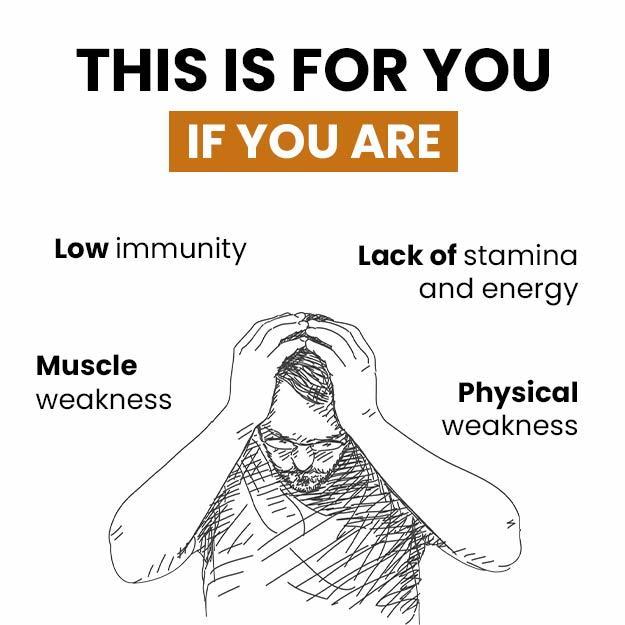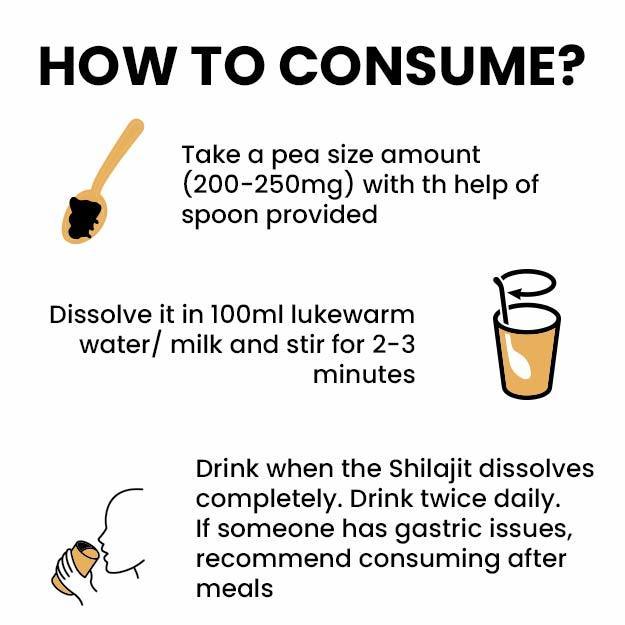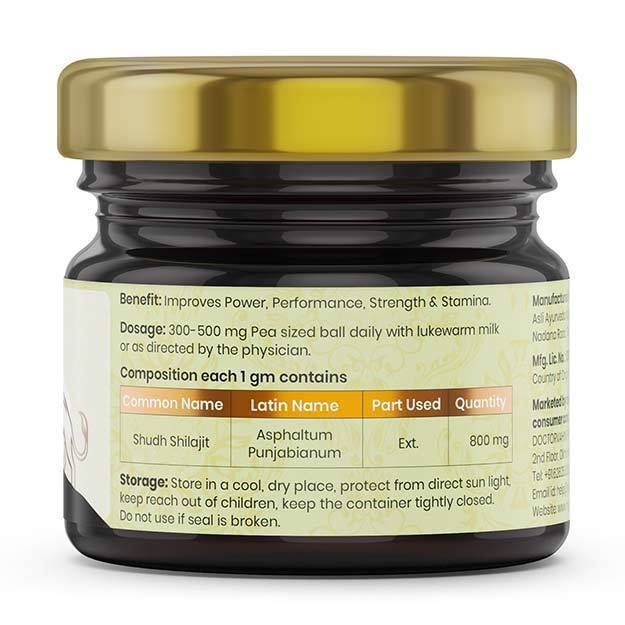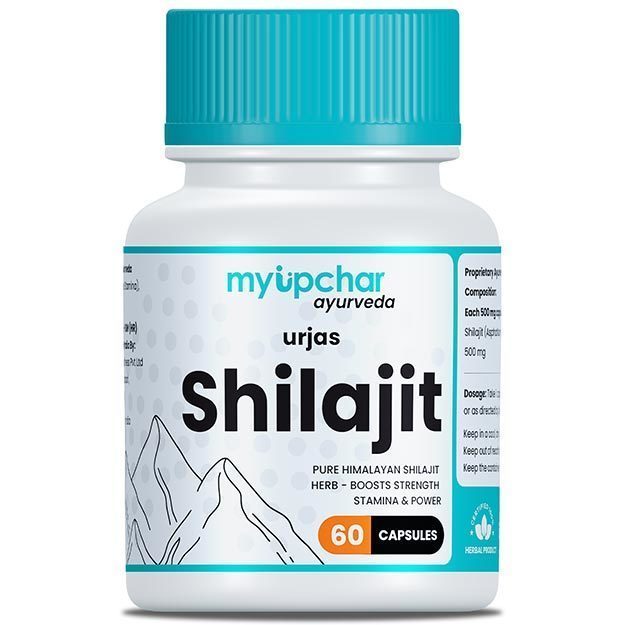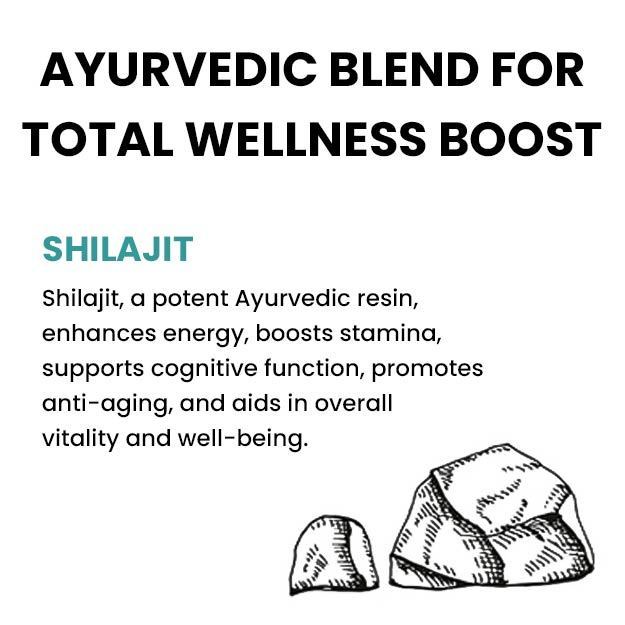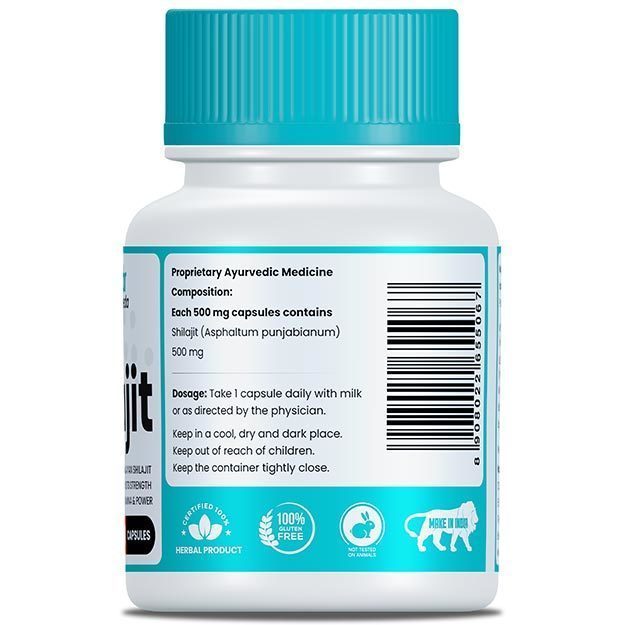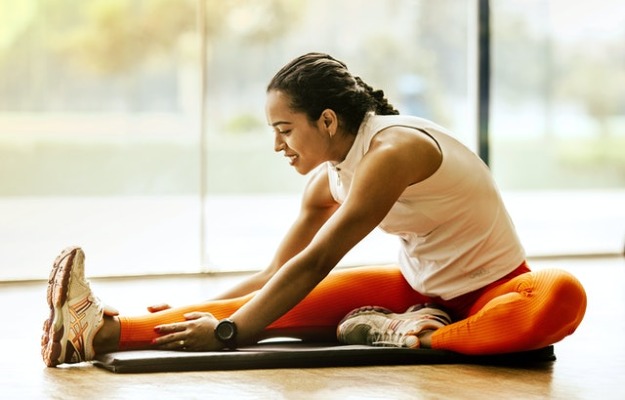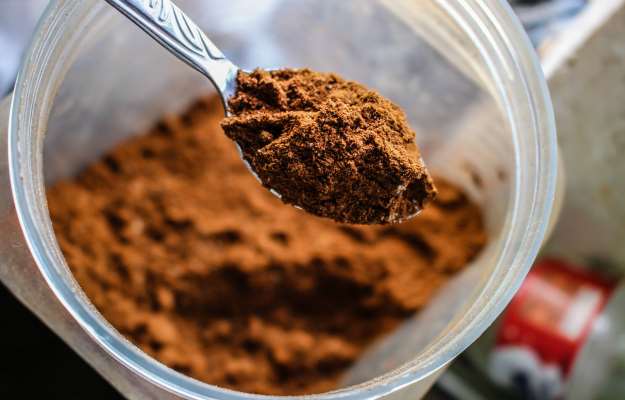While the health benefits of cardio workouts are well known, research dealing specifically with cardio kickboxing shed light on added benefits. A small study with 30 participants compared the effects of kickboxing training with regular cardio exercise. As many as 15 participants did five weeks of kickboxing training, and the remaining 15 did regular cardio exercises like jogging and playing sports like tennis for one hour a day, three days a week.
According to the findings, those in the kickboxing group showed significant improvements in upper body muscle power, aerobic power, anaerobic fitness, fitness, speed and agility. More specifically, those in the kickboxing group improved their upper and lower body strength by 7% and were able to shorten the time taken to run 50 metres by a whole second on average. Those in the kickboxing group also showed improvements in flexibility; reach improved by as much as 2 cm on average.
Cardio kickboxing is also an effective way to lose weight and cut excess stomach fat. According to the American Council on Exercise, you can lose up to 450 calories in an hour doing intense cardio kickboxing. The effects are comparable to swimming, which is another way of exercising the whole body.
(Read more about the health benefits of swimming).
Other studies have shown that kickboxing has neuromuscular benefits as well. The exercises involve balancing the body when executing punches and kicks, and over time these movements are performed with better form as the person learns to shift their weight accordingly.
Also, research with those suffering from multiple sclerosis (MS) has shown that kickboxing exercises increase coordination based on metrics such as improved gait speed and confidence.
Since cardio kickboxing takes a lot of inspiration from cardio exercises, it is important to look at the benefits of these as well.

















